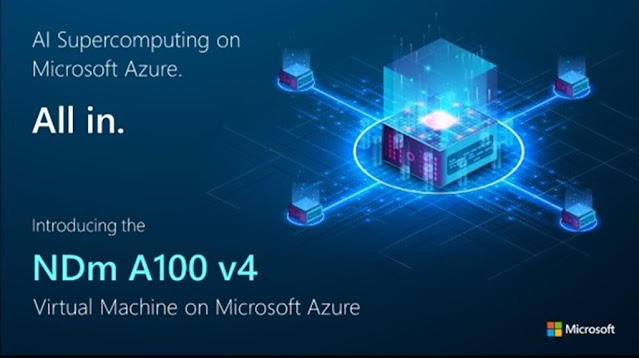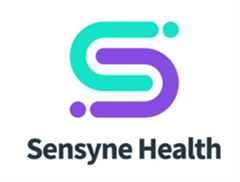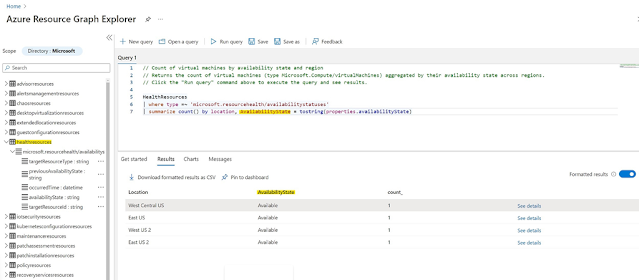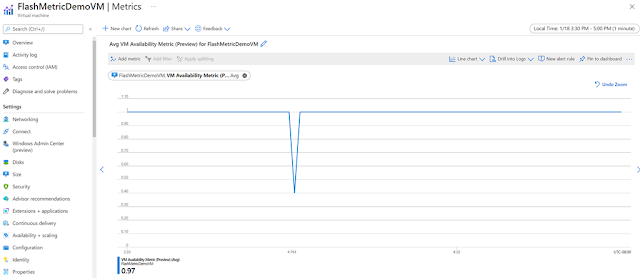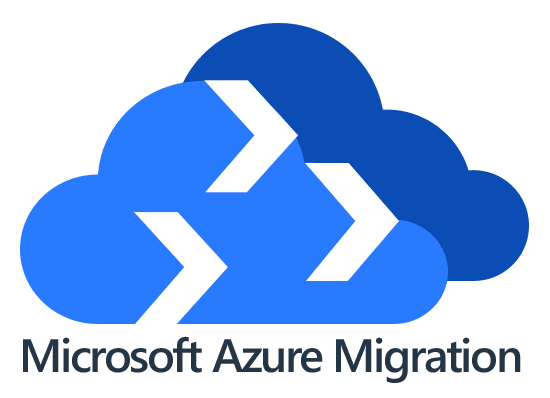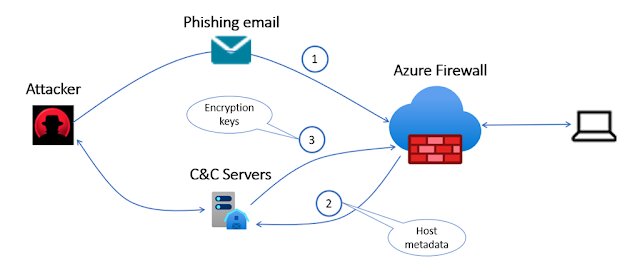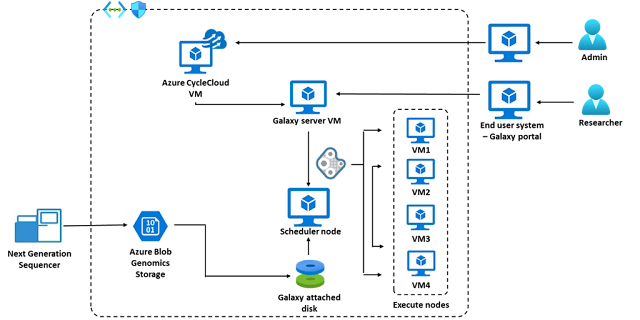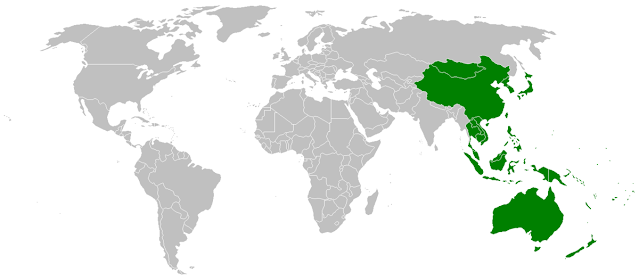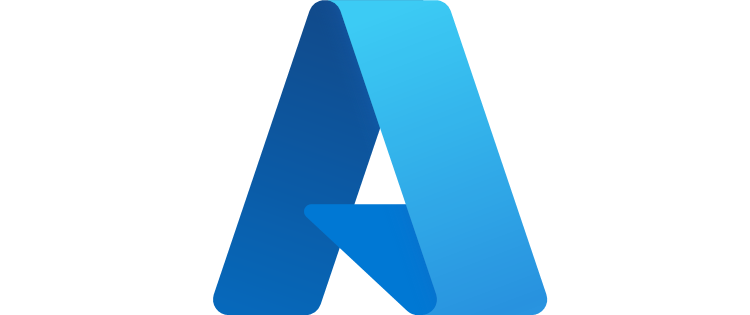Momentum is building as financial institutions move some or all their payment applications to the cloud. This entails a migration from the legacy on-premises applications and hardware security modules (HSM) to a cloud-based infrastructure that is not generally under their direct control. Often it means a subscription service rather than perpetual ownership of physical equipment and software. Corporate initiatives for efficiency and a scaled-down physical presence are the drivers for this. Conversely, with cloud-native organizations, the adoption of cloud-first without any on-premises presence is their fundamental business model. End-users of a cloud-based payment infrastructure expect reduced IT complexity, streamlined security compliance, and flexibility to scale their solution seamlessly as their business grows.
Potential challenges
Cloud offers significant benefits. Yet, there are challenges when migrating a legacy on-premises payment application (involving payment HSM) to the cloud that must be addressed. Some of these are:
◉ Shared responsibility and trust—what potential loss of control in some areas is acceptable?
◉ Latency—how can an efficient, high-performance link between the application and HSM be achieved?
◉ Performing everything remotely—what existing processes and procedures may need to be adapted?
◉ Security certifications and audit compliance—how will current stringent requirements be fulfilled?
The Azure Payment HSM service addresses these challenges and delivers a compelling value proposition to the users of the service.
Introducing the Microsoft Azure Payment HSM
Today, we are excited to announce that Azure Payment HSM is in preview in East US and North Europe.
The Azure Payment HSM is a “BareMetal” service delivered using Thales payShield 10K payment HSMs to provide cryptographic key operations for real-time, critical payment transactions in the Azure cloud. Azure Payment HSM is designed specifically to help a service provider and an individual financial institution accelerate their payment system’s digital transformation strategy and adopt the public cloud. It meets stringent security, audit compliance, low latency, and high-performance requirements by the Payment Card Industry (PCI).
HSMs are provisioned and connected directly to users’ virtual network, and HSMs are under users’ sole administration control. HSMs can be easily provisioned as a pair of devices and configured for high availability. Users of the service utilize Thales payShield Manager for secure remote access to the HSMs as part of their Azure subscription. Multiple subscription options are available to satisfy a broad range of performance and multiple application requirements that can be upgraded quickly in line with end-user business growth. Azure Payment HSM offers the highest performance level 2,500 CPS.
Enhanced security and compliance
End-users of the service can leverage Microsoft security and compliance investments to increase their security posture. Microsoft maintains PCI DSS and PCI 3DS compliant Azure data centers, including those which house Azure Payment HSM solutions. The Azure Payment HSM can be deployed as part of a validated PCI P2PE and PCI PIN component or solution, helping to simplify ongoing security audit compliance. Thales payShield 10K HSMs deployed in the security infrastructure are certified to FIPS 140-2 Level 3 and PCI HSM v3.
*The Azure Payment HSM service is currently undergoing PCI DSS and PCI 3DS audit assessment.
Manage your Payment HSM in Azure
The Azure Payment HSM service offers complete administrative control of the HSMs to the customer. This includes exclusive access to the HSMs. The customer could be a payment service provider acting on behalf of multiple financial institutions or a financial institution that wishes to directly access the Azure Payment HSM. Once the HSM is allocated to a customer, Microsoft has no access to customer data. Likewise, when the HSM is no longer required, customer data is zeroized and erased as soon as the HSM is released to Microsoft to maintain complete privacy and security. The customer is responsible for deploying and configuring HSMs for high availability, backup and disaster recovery requirements, and to achieve the same performance available on their on-premises HSMs.
Accelerate digital transformation and innovation in cloud
The Azure Payment HSM solution offers native access to a payment HSM in Azure for ‘lift and shift’ with low latency. The solution offers high-performance transactions for mission-critical payment applications. Thales payShield customers can utilize their existing remote management solutions (payShield Manager and payShield TMD together) to work with the Azure Payment HSM service. Customers new to payShield can source the hardware accessories from Thales or one of its partners before deploying their Payment HSM.
Typical use cases
With benefits including low latency and the ability to quickly add more HSM capacity as required, the cloud service is a perfect fit for a broad range of use cases which include:
Payment processing:
◉ Card and mobile payment authorization
◉ PIN and EMV cryptogram validation
◉ 3D-Secure authentication
Payment credential issuing:
◉ Cards
◉ Mobile secure elements
◉ Wearables
◉ Connected devices
◉ Host card emulation (HCE) applications
Securing keys and authentication data:
◉ POS, mPOS, and SPOC key management
◉ Remote key loading (for ATM, POS, and mPOS devices)
◉ PIN generation and printing
◉ PIN routing
Sensitive data protection:
◉ Point to point encryption (P2PE)
◉ Security tokenization (for PCI DSS compliance)
◉ EMV payment tokenisation
Suitable for both existing and new payment HSM users
The solution provides clear benefits for both payment HSM users with a legacy on-premises HSM footprint, and those new payment ecosystem entrants with no legacy infrastructure to support and who may choose a cloud-native approach from the outset.
Benefits for existing on-premises HSM users:
◉ Requires no modifications to payment applications or HSM software to migrate existing applications to the Azure solution.
◉ Enables more flexibility and efficiency in HSM utilization.
◉ Simplifies HSM sharing between multiple teams geographically dispersed.
◉ Reduces physical HSM footprint in their legacy data centers.
◉ Improves cash flow for new projects.
Benefits for new payment participants:
◉ Avoids introduction of on-premises HSM infrastructure.
◉ Lowers upfront investment via the Azure subscription model.
◉ Offers access to the latest certified hardware and software on-demand.
Source: microsoft.com
